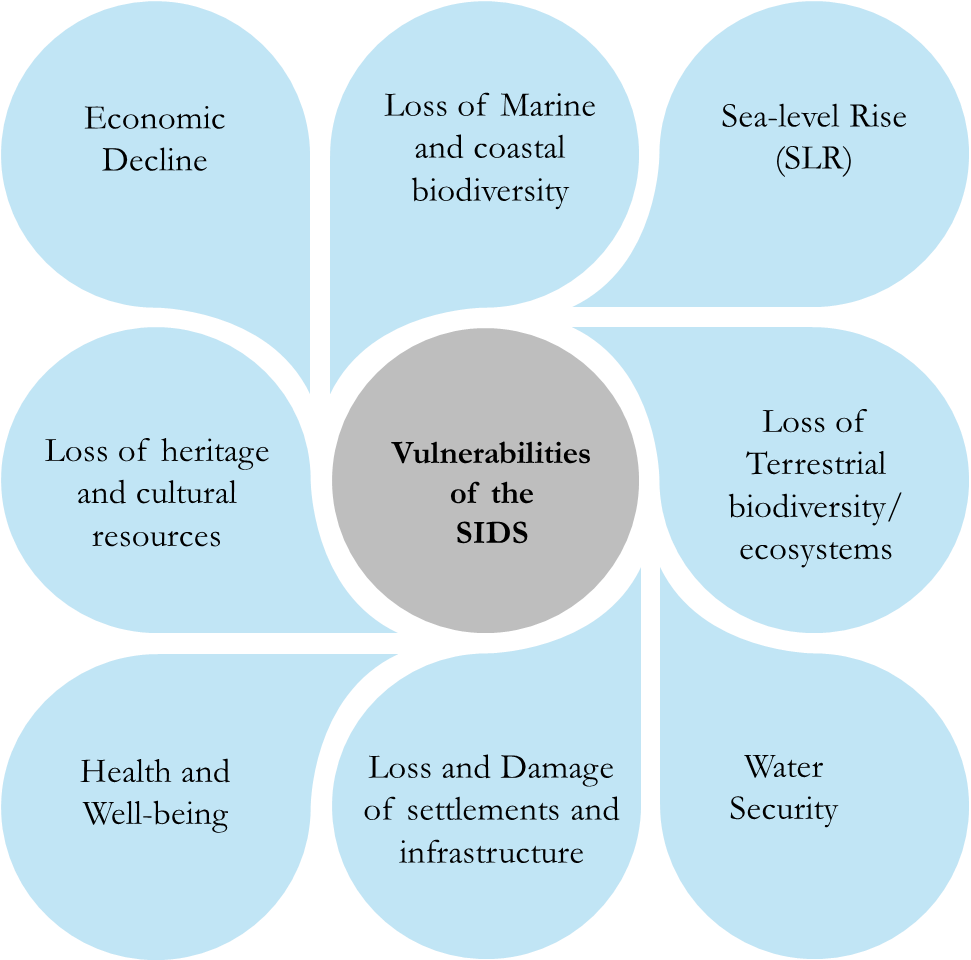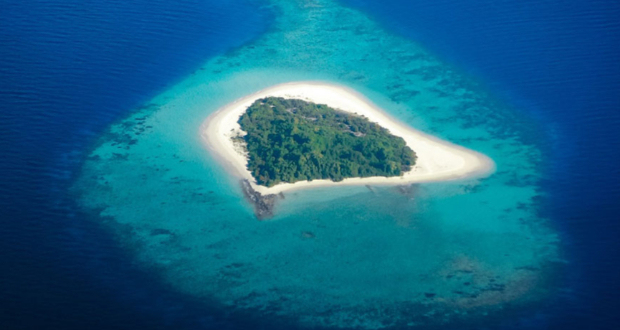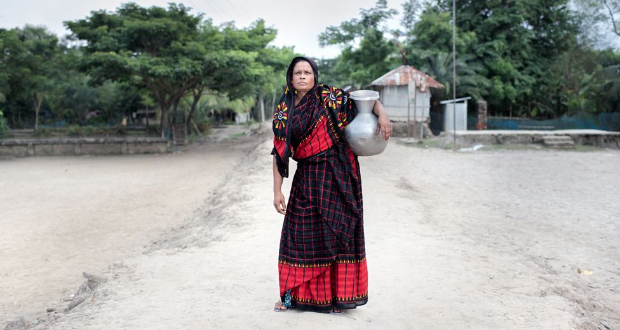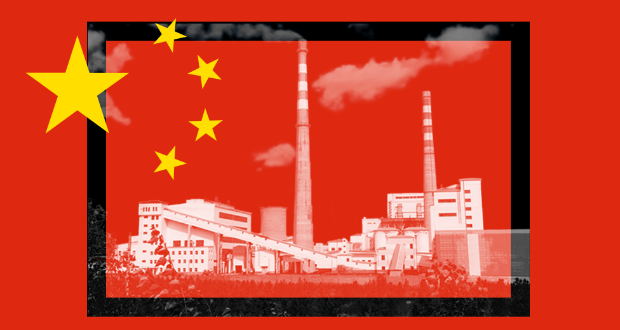The year 2023 was recorded as one of the hottest years in the past two centuries. Extreme weather events like heatwaves, flash floods, droughts, and wildfires have accompanied increasing temperatures. The impact of climate change is vividly visible with heat stress, rising sea levels and warmth, acidification of rains, glacial and permafrost melts, and other extreme events jeopardising the future of ecosystems essential for sustaining life. This has prompted the need for immediate and effective actions to ensure damage control. The World Meteorological Organization (WMO) has chosen “At the Frontline of Climate Action” as the theme for the 2024 World Meteorological Day, which is annually observed on 23 March.
The impact of climate change is vividly visible with heat stress, rising sea levels and warmth, acidification of rains, glacial and permafrost melts, and other extreme events jeopardising the future of ecosystems essential for sustaining life.
Changes in the frequency and intensity of extreme weather events associated with climate change threaten the reversal of socioeconomic development achieved over the past decades. However, this effect disproportionately impacts the Small Island Developing States (SIDS) compared to larger landmasses due to their remoteness, small and scattered land area and population, import dependency, limited development access and differential climate vulnerabilities (Figure 1). While a heterogeneous group, the SIDS have collectively voiced their concern about being worst affected despite their low contribution to climate change. This has resulted in some key initiatives such as the Barbados Programme of Action (BPOA), the Mauritius Strategy, the Bali Roadmap, and the SAMOA Pathway, to aid the SIDS. Figure 2 depicts the budget allocation of the SAMOA Pathway over the years which indicates a considerable investment by the international community in tackling climate change, social development, disaster risk reduction, and inclusive growth in SIDS. Despite the presence of such initiatives and increasing international climate aid to these states the lack of efficient governance, financial management, awareness, and human capacity have hampered the implementation of responses.





